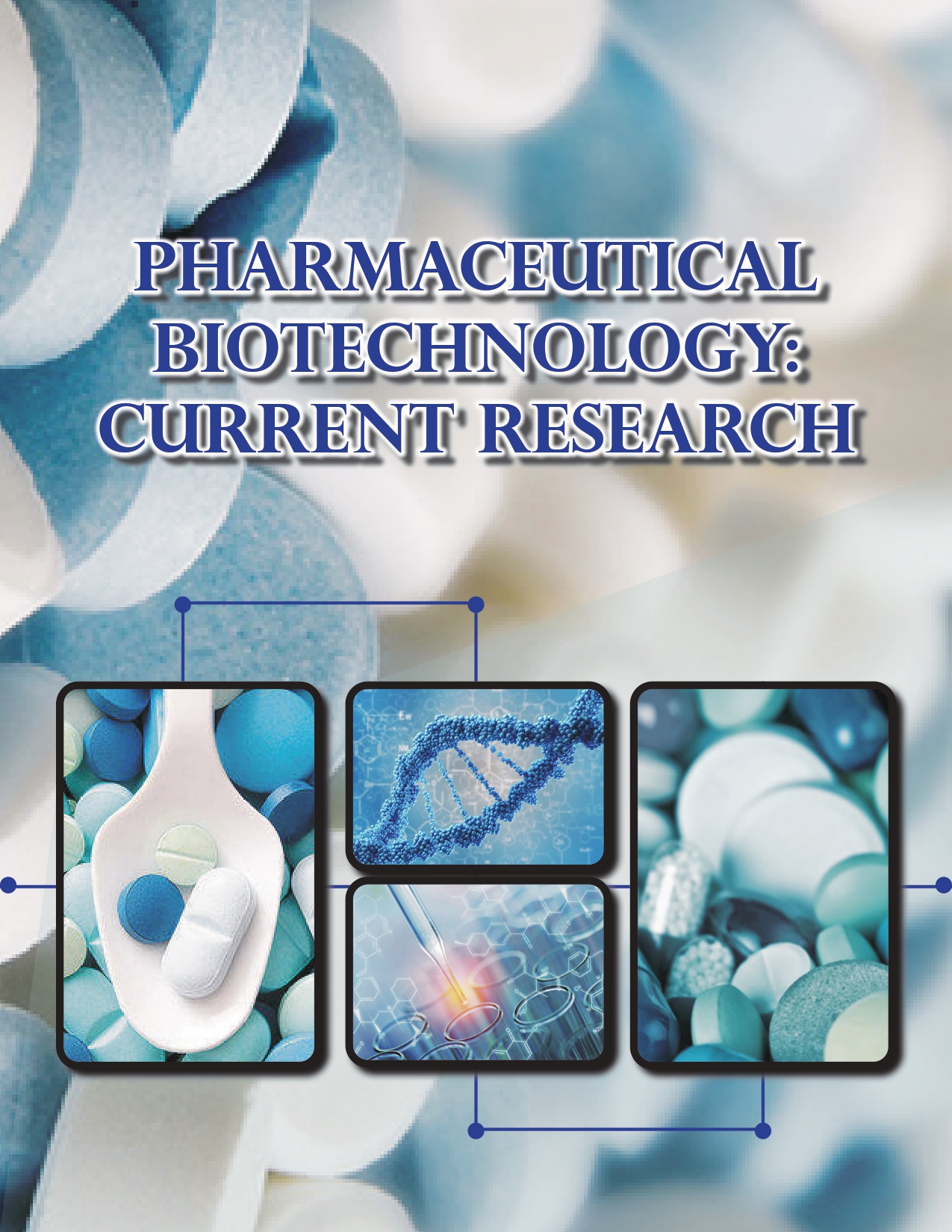Abstract
Incorporation of an azurin from Pseudomonas fluorescens 198 coupled to CuInS2 quantum dots as photosensitizer in Gratzel cells
The sun is the most clean, abundant and available source of renewable energy. First generation solar cells allow the conversion of solar radiation into electricity with an efficiency of ~25%. Nevertheless, photovoltaic market is evolving to improve production costs, efficiency and sustainability. New generation of solar cells are sensitized with different molecules like dyes, nanoparticles, and more recently proteins have been tested as photosensitizers. In this study, a redox protein (azurin) coupled to CuInS2 quantum dots (QDs) are used as photosensitizers in a Grätzel solar cell. The azurin gene was identified within the genome of a strain from our collection of Antarctic bacteria (Pseudomonas fluorescens 198). This gene was cloned and overexpressed in E. coli, and the His-tag purified azurin + CuInS2 QDs were incorporated in a sensitized solar cell, using TiO2 as anode and Pt as counter electrode. In our laboratory, biomimetic and biosynthesized nanoparticles of CdS and CuInS2, among others, have been successfully used as photosensitizers. Preliminary studies have indicated an increase in 56% of the efficiency when the azurin is incorporated to the cell, compared to the cell sensitized only with CuInS2 QDs. The efficiency is also improved when CdS QDs are coupled to the azurin (42%). The most stable orientation of the His-tag azurin in the TiO2 layer is being studied by hybrid quantum mechanics/molecular mechanics (QM/MM) calculations, in order to determine if any particular position favors the electron transference to the anode. This project is supported by FONDECYT grants 3170718 and INACH RT_26-16.
Fluorescent Pseudomonads belong to plant Growth Promoting Rhizobacteria (PGPR), the important group of bacteria that play a major role in the plant growth promotion, induced systemic resistance, biological control of pathogens etc. Many strains of Pseudomonas fluorescens are known to enhance plant growth promotion and reduce severity of various diseases. The efficacy of bacterial antagonists in controlling fungal diseases was often better as alone, and sometimes in combination with fungicides. The present review refers to occurrence, distribution, mechanism, growth requirements of P. fluorescens and diseases controlled by the bacterial antagonist in different agricultural and horticultural crops were discussed. The literature in this review helps in future research programmes that aim to promote P. fluorescens as a potential bio-pesticide for augmentative biological control of many diseases of agriculture and horticultural importance.
This rhizobacterium possesses many traits to act as a biocontrol agent and to promote the plant growth ability. It grows rapidly in vitro and can be mass-produced. It rapidly utilizes seed and root exudates and colonizes and multiplies in the rhizosphere and spermosphere environments. In the plant rhizosphere, it produces a wide spectrum of bioactive metabolites, that is, antibiotics, siderophores, volatiles, and growth-promoting substances; competes aggressively with other microorganisms; and adapts to environmental stresses. In addition, pseudomonads are responsible for the natural suppressiveness of some soilborne pathogens. It suppresses the growth of pathogenic microorganisms by various mechanisms, namely, production of antibiotics, bacteriocins, siderophores, hydrolytic enzymes such as β-1, 3-glucanase and chitinases, and other metabolites such as phytoalexins and induction of systemic resistance. In this chapter, the characteristics of P. fluorescens, plant-growth-promoting properties, mechanisms of plant growth promotion, and induction of systemic resistance by plant-growth-promoting rhizobacterium (PGPR) against diseases and insect and nematode pests, have been reviewed. PGPR strains initiating induced systemic resistance against a wide array of plant pathogens causing fungal, bacterial, and viral diseases and insect and nematode pests are discussed. Synergistic effects of PGPR strain mixtures and PGPRs as endophytes are brought out. Modes of action of Pseudomonas against fungal pathogens have been explained. Plant-disease controls by P. fluorescens have been elaborated. Interaction of P. fluorescens with pesticides has been indicated. Formulation characteristics, it’s approved uses in India, methods of application, and data requirements for registration particularly in India are discussed. Factors affecting growth of biopesticides and future issues and research needs in biopesticides are discussed.
Photodynamic therapy (PDT) was discovered more than 100 years ago, and has since become a well-studied therapy for cancer and various non-malignant diseases including infections. PDT uses photosensitizers (PSs, non-toxic dyes) that are activated by absorption of visible light to initially form the excited singlet state, followed by transition to the long-lived excited triplet state. This triplet state can undergo photochemical reactions in the presence of oxygen to form reactive oxygen species (including singlet oxygen) that can destroy cancer cells, pathogenic microbes and unwanted tissue. The dual-specificity of PDT relies on accumulation of the PS in diseased tissue and also on localized light delivery. Tetrapyrrole structures such as porphyrins, chlorins, bacteriochlorins and phthalocyanines with appropriate functionalization have been widely investigated in PDT, and several compounds have received clinical approval. Other molecular structures including the synthetic dyes classes as phenothiazinium, squaraine and BODIPY (boron-dipyrromethene), transition metal complexes, and natural products such as hypericin, riboflavin and curcumin have been investigated. Targeted PDT uses PSs conjugated to antibodies, peptides, proteins and other ligands with specific cellular receptors. Nanotechnology has made a significant contribution to PDT, giving rise to approaches such as nanoparticle delivery, fullerene-based PSs, Titania photocatalysis, and the use of upconverting nanoparticles to increase light penetration into tissue. Future directions include photochemical internalization, genetically encoded protein PSs, theranostics, two-photon absorption PDT, and sonodynamic therapy using ultrasound.
Author(s): Carolina Paz Quezada
Abstract | PDF
Share This Article
Google Scholar citation report
Citations : 45
Pharmaceutical Biotechnology: Current Research received 45 citations as per Google Scholar report
Abstracted/Indexed in
- Google Scholar
- Secret Search Engine Labs
Open Access Journals
- Aquaculture & Veterinary Science
- Chemistry & Chemical Sciences
- Clinical Sciences
- Engineering
- General Science
- Genetics & Molecular Biology
- Health Care & Nursing
- Immunology & Microbiology
- Materials Science
- Mathematics & Physics
- Medical Sciences
- Neurology & Psychiatry
- Oncology & Cancer Science
- Pharmaceutical Sciences
